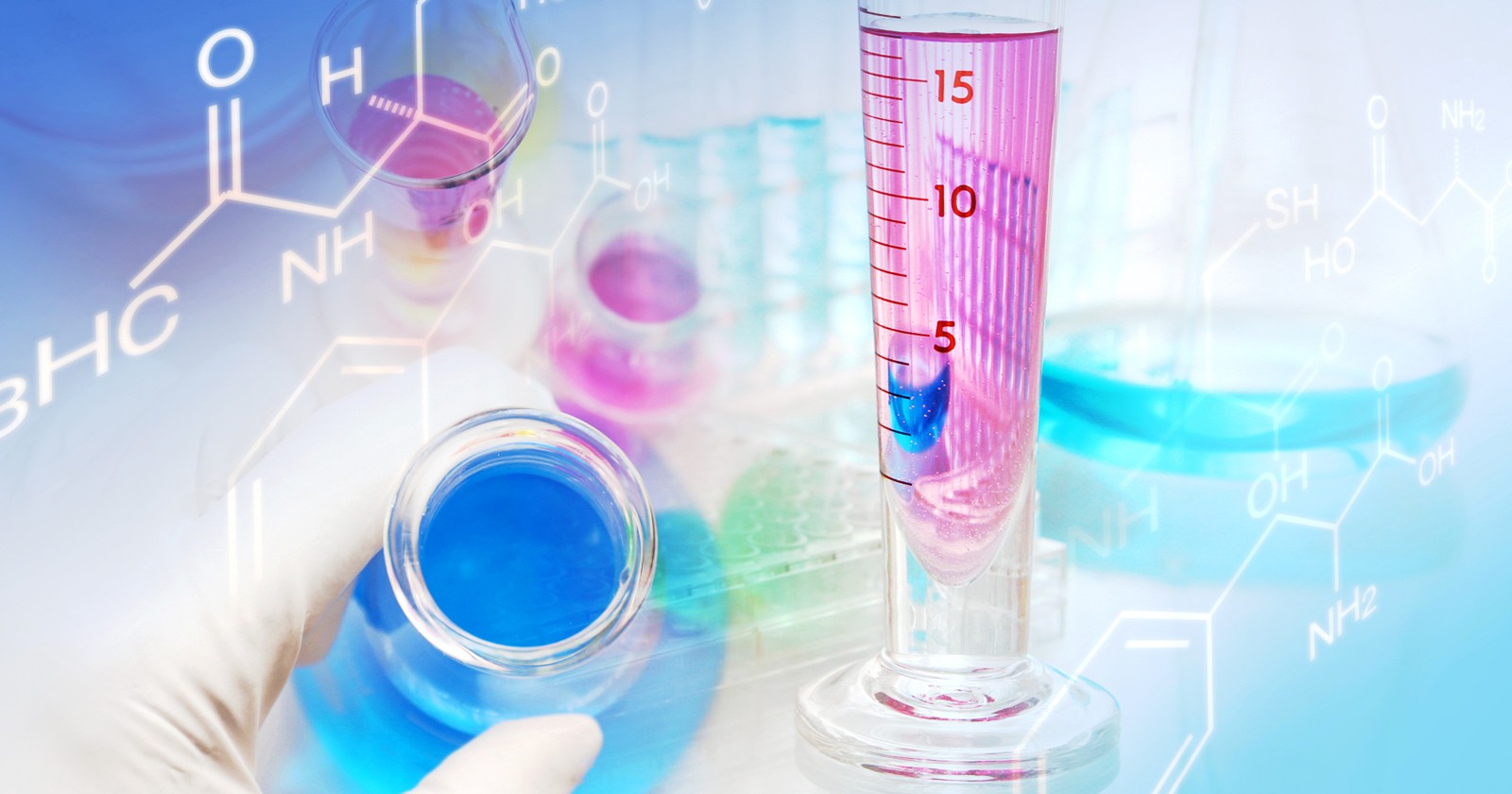Undergraduate Life, Environment, and Applied Chemistry
Environment,New Energy and Materials Chemistry / Life Science and Food chemistry
This department consists of two courses. The chemistry course includes the fields of environment, new energy and materials chemistry. The biology course includes the fields of life science and food chemistry.
Based on the chemistry and biology, a broad range of special knowledge can be acquired in this department. For example, the development of nano-materials and the biological remediation of environment could be studied.
Field of Study
- The fields of materials chemistry and engineering including semiconductors, inorganic and organic materials.
- The fields of life science including bio-chemistry, organic chemistry, genetic engineering and environmental microbiology, and the fields of food chemistry.
- The fields of environment and new energy utilizing solar and bio-energy.
Career Outlook
Using the knowledge and technologies acquired in the fields of chemistry and biology, a broad range of carriers are expected in the fields of research and development of new materials like electric cars and solar cells, and of food industries and bio-technologies.
- Employment Rate (As of March 2024): 97.1%
- Total number of graduates: 86
- Total number of graduates who sought for jobs: 69
- Total number of graduates who received job offers: 67
- Total number of graduates continuing education: 17
- List of Employers
- Kansai Electric Power Co., Ltd.
- Sankyu Inc.
- Japan Semiconductor Corporation
- ZENSHO HOLDINGS CO., LTD.
- Daisho Co., Ltd.
- Tamura Corp.
- Tokyo Electric Power Company Holdings, Inc.
Research and Development for Future
We synthesize natural products to create environmentally friendly nanomaterials.
Nobuyoshi Miyamoto, Associate professor
From clay minerals to nanosheets
Miyamoto laboratory is leading the world with a "nanosheet liquid crystal" technology which generates environmentally friendly high-tech materials from water and clay minerals. The laboratory is continuing the research of nanosheet liquid crystals so that applications to the following fields can be realized: artificial photosynthesis to produce energy from solar light and carbon dioxide; environmental purification technology which naturally decomposes environmental pollutants; and new materials for medical use.
Cutting edge chemistry which controls materials in nanometers
It is based on our cutting-edge chemical technology that our laboratory create and make use of new nanosheet materials which only have several atoms wide. Having a basis of chemistry studied in the early stage of the university, students belonging to the laboratory visit large sized research institutions and laboratories around the nation and enjoying their research by offering diverse ideas in cooperation with businesses and researchers of their visit. The experiences and satisfaction obtained from successes in their research will eventually foster an ability to work as researchers or technical staff after graduating the university.




